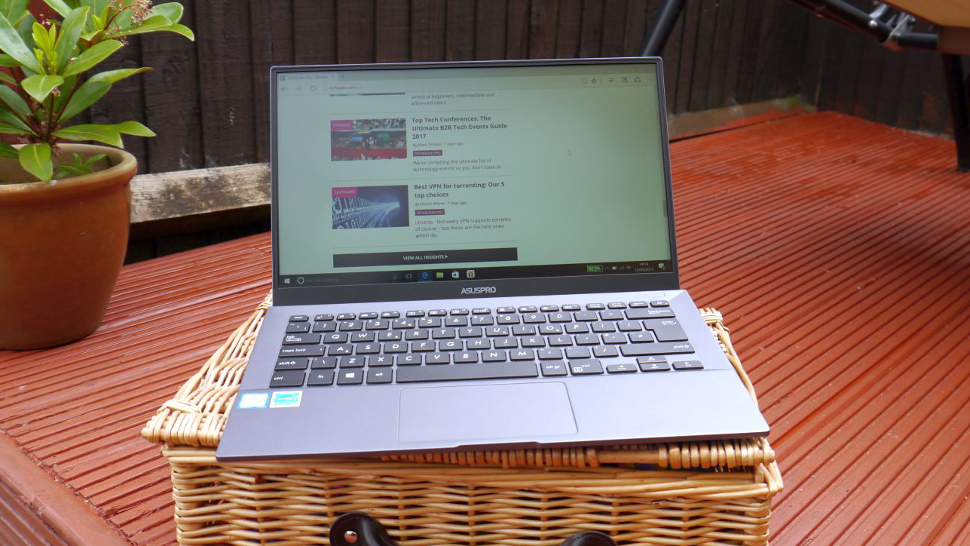Early Verdict
The AsusPro B9440UA is a fantastic piece of technology in many ways, but we’re not big fans of the hinge – plus the lack of ports and absence of a webcam are, in our opinion, a step too far in the battle between aesthetics and functionality.
Pros
- +
Smart overall design
- +
MIL-STD 810G graded
- +
3-year international warranty
- +
Long battery life
Cons
- -
Frustrating hinge
- -
Lack of ports
- -
No webcam
Why you can trust TechRadar
As the consumer laptop market starts to fizzle out and vendors look elsewhere to maintain profitability, there has been renewed interest in the enterprise/corporate market with the likes of MSI and Microsoft deploying business-friendly devices in a bid to improve their margins.
And you may not be familiar with it, but popular laptop manufacturer Asus does have a professional range – aptly named AsusPro – and its latest flagship model, the B9440UA, has just gone on sale.
Announced earlier this year at CES 2017, the device is aimed squarely at those aspiring to own a business laptop that can rival the likes of Apple’s MacBook Air or Dell’s XPS 13.
Why Asus didn’t simply go for a professional edition of the ZenBook, we’re not sure. The firm did make the Asus ZenBook Pro UX501, but that was launched nearly two years ago, and at 2.27kg, it’s too heavy to be considered as a thin-and-light laptop (rather, this model had the Apple MacBook Pro firmly in its sights).

Instead, Asus went for a completely new design with an elevated keyboard that reminded us of the fantastic but ultimately doomed Dell Adamo XPS from 2011.
Hailed as the world’s lightest 14-inch business laptop, the B9440UA weighs just over 1kg, and it’s about 150g lighter than the Dell XPS 13, arguably one of the best designed premium laptops around.
There’s no debate about the look of the B9440UA: it has been designed to be light rather than thin, and does so with style and attention to detail (for example, the AsusPro name is etched on the back of the device).
Sign up to the TechRadar Pro newsletter to get all the top news, opinion, features and guidance your business needs to succeed!

Asus used a magnesium alloy for the chassis to improve its robustness. That said, both the screen and the keyboard displayed a degree of flex – not a lot, but still noticeable to those for whom these details matter.
Both input peripherals are comfortable to use: the keyboard, a chiclet water-resistant model, provides great feedback and decent travel without being too noisy, while the generously-sized touchpad is equally balanced.
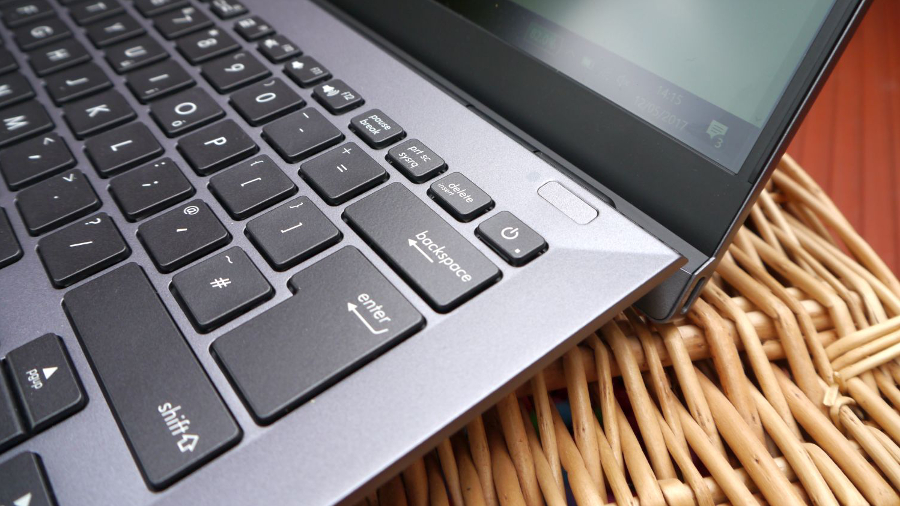
The power button (or key) is located next to the delete key which might cause some unfortunate accidents, and just above it is a fingerprint scanner.
The screen is bright and surrounded by a thin bezel – opening up the laptop causes the base to raise up, providing an angled typing surface. Nice in theory, but we’re not convinced by this trick for one good reason.
This is a laptop which by definition assumes that you will use it a lot on your lap, and as is the case with kickstands (for example, as seen on the Microsoft Surface Pro 4), the lower ‘edge’ of the B9440UA makes for an uncomfortable experience when using this device in your lap for prolonged periods.
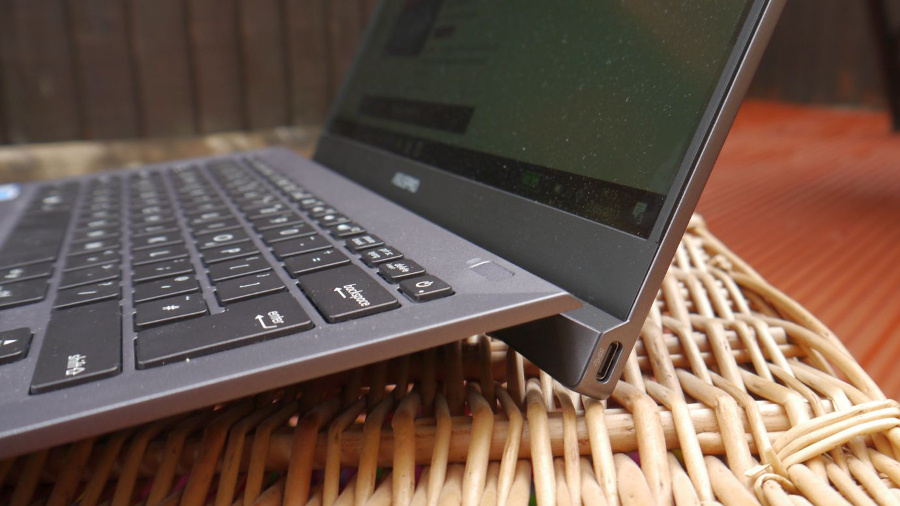
It’s not as sharp as the edge of a kickstand, but still presses on your lap. So while it’s not as bad as the aforementioned Surface, at least Microsoft has an excuse for using a kickstand (the need to make a tablet stand); Asus on the other hand has none.
Sure, it provides a slight elevation for typing, but the last thing you want from a notebook keyboard on one’s lap is more elevation, as that forces your wrists to flex even more.

Asus also committed two cardinal sins by killing the webcam here, and limiting the number of ports to just three – two of them are USB Type-C ports, with the third being the audio connector.
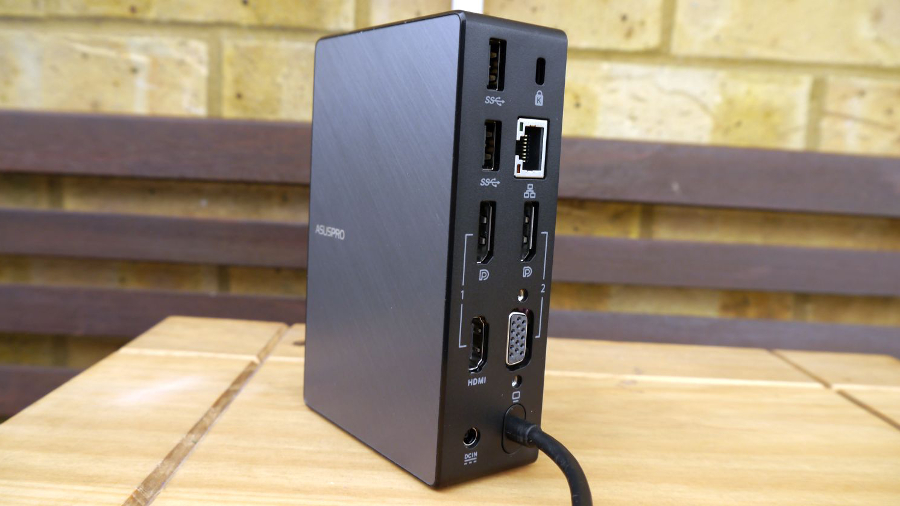
On this score, Asus will gladly entice you to buy one of its SIMPRO docking stations, a well-made, relatively affordable peripheral that boosts the laptop’s connectivity considerably, adding VGA, two DisplayPorts, HDMI, headphone, five USB ports, an Ethernet port and a card reader.
You connect it to one of the notebook’s ports and it can even power your laptop. Sadly, of course it doesn’t solve the inherent lack of ports on the B9440UA (and it still needs a power supply unit). You can always buy third-party converters but that rather goes against the whole point of having an ultra-portable device.
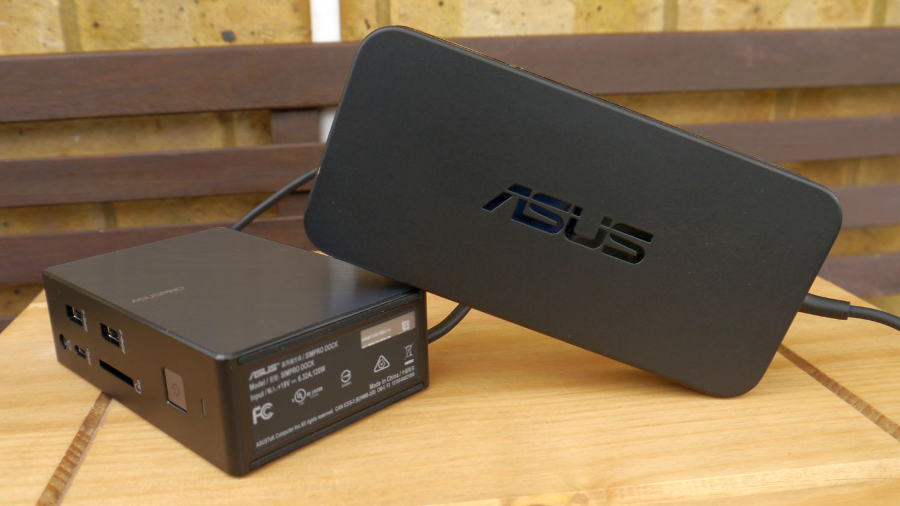
The lack of a webcam is the real killer – we cannot stress enough how disappointed we were with the decision to sacrifice the webcam for the sake of aesthetics. Dell positioned the camera awkwardly near to the keyboard on the XPS 13, which wasn’t ideal, but it’s certainly better than having no webcam at all.
And no, don’t pitch it to us as being a ‘security feature’ – being unable to partake in videoconferencing or embrace full biometrics (you won’t be able to utilise the full capabilities of Windows Hello) will probably get this laptop blacklisted by a number of businesses.

At this stage, listing the rest of the feature-set is purely academic. The laptop is MIL-STD 810G graded which means that it has been tested according to these standards, but hasn’t been certified. The display, a Full HD matte model, is reasonably accurate with a barely detectable blue-ish tint.
The 48Whr 4-cell battery should provide this notebook with some serious battery life (up to 10 hours according to Asus), and its minuscule power supply unit can deliver up to 65W (at 20V) and down to 15W (at 5V) making it ideal to charge newer compatible smartphones faster.
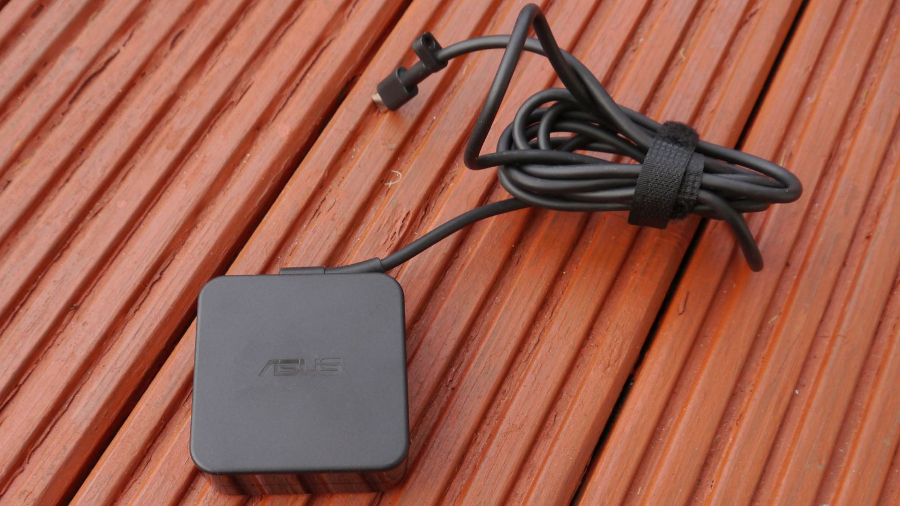
Our standard battery test, which entails running a YouTube count-up video at 50% brightness until shutdown (with all other settings at default), saw the B9440UA last for almost 9 hours.
The review sample that was sent to us used an Intel Core i5-7200U CPU (a 15W part) with 8GB of system RAM and a 512GB Micron 1100 3D NAND M2.2280 SSD (with rated read/write speeds of 530MBps and 500MBps respectively, numbers that the device comfortably reached in our testing).
The rest of our benchmark figures hold no major surprises. The 7200U is a very capable CPU that doesn’t miss on much compared to the 7500U, its more expensive sibling – the only differences are a marginally lower base and turbo clock frequency and 25% less cache.
Note that Asus bundled a 3-year international warranty with the B9440UA and it comes with Windows 10 Pro by default, two significant USPs in our view. Sound is handled by Harman Kardon speakers and is surprisingly bassy given the layout of the laptop.
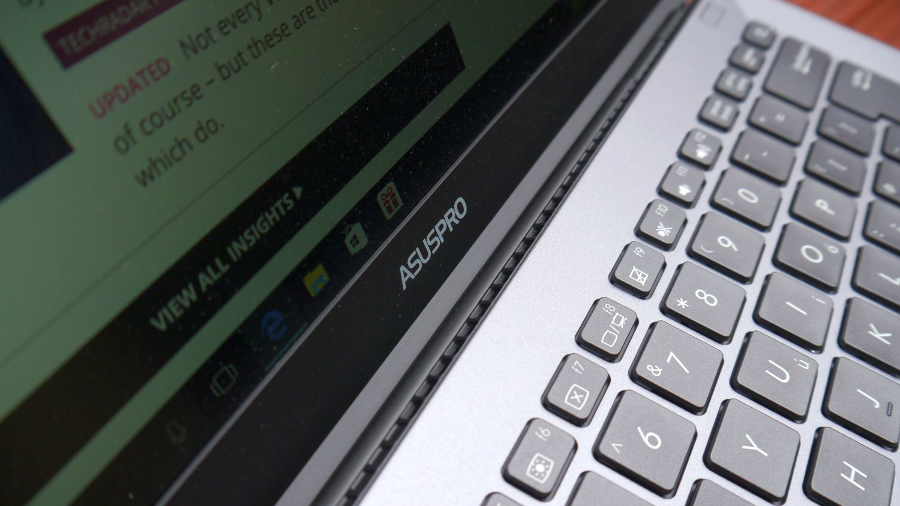
Early verdict
We really, really want to love the B9440UA, but Asus doesn’t make that an easy task. This laptop has two massive flaws that make it really difficult to recommend the device as an ideal business laptop – one that, as a reminder, costs well over £1,000.
The lack of ports (especially legacy ones) and the absence of a webcam are puzzling to say the least, and a bit of an own goal given the ferocious competition this notebook faces in its price range.
The Lenovo ThinkPad 13 retails for less and offers a few more tricks, albeit with a significant weight increase (50% extra), while the award winning Dell XPS 13 offers far more connectivity options (and a webcam) in a smaller volume while adding only 200g in weight.
And if you want something even smaller and faster with a longer battery life, touchscreen capabilities along with a webcam, then check out the Toshiba Portégé X20W-D-10V.
- These are the best business laptops of 2017

Désiré has been musing and writing about technology during a career spanning four decades. He dabbled in website builders and web hosting when DHTML and frames were in vogue and started narrating about the impact of technology on society just before the start of the Y2K hysteria at the turn of the last millennium.
What is a hands on review?
Hands on reviews' are a journalist's first impressions of a piece of kit based on spending some time with it. It may be just a few moments, or a few hours. The important thing is we have been able to play with it ourselves and can give you some sense of what it's like to use, even if it's only an embryonic view. For more information, see TechRadar's Reviews Guarantee.
